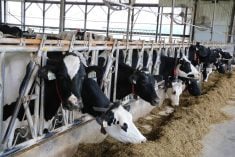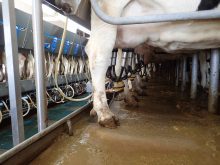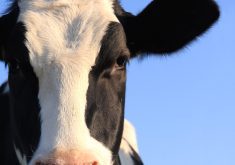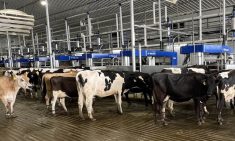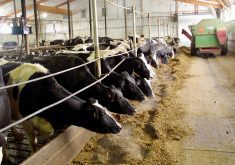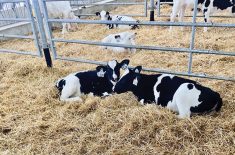It smells like boiling carrots and kefir (fermented milk), says dairy farmer Saskia Reutter. It looks a heck of a lot like canned pea soup. This doesn’t bother her cows one bit.
“They like it,” she said.
‘Pea cream’ is a soupy mix of yellow pea pulp and concentrated solubles left over from processing at the newly operational Roquette plant in Portage la Prairie.
Roquette uses 100 per cent of the peas that come through its doors, and turning leftovers into livestock feed is a big part of that, said Michelle Finley, communications manager with Roquette. She spoke during the University of Manitoba’s Sustainability of Canadian Agriculture Conference on March 16.
Read Also
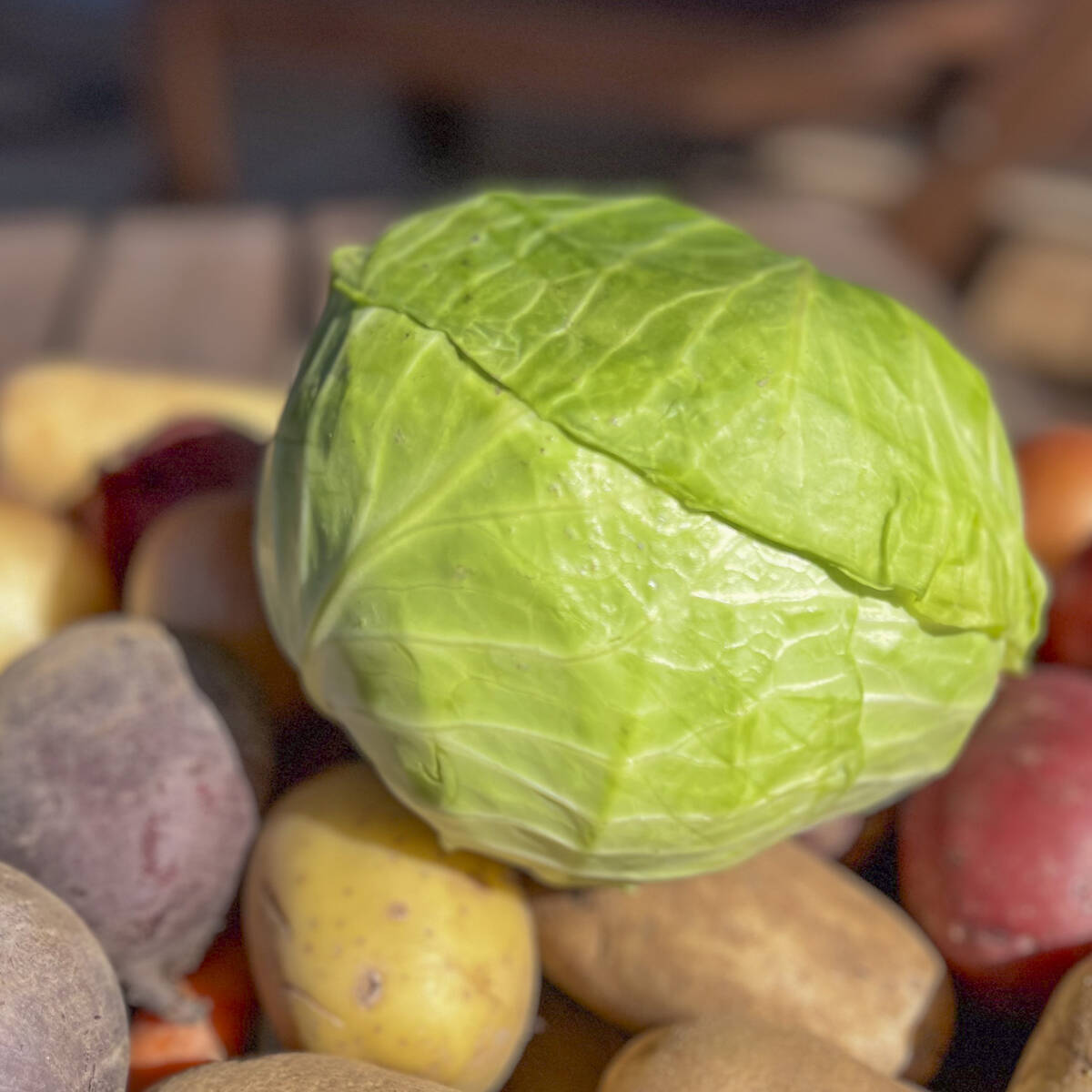
Cooking cabbage deserves revival
Cabbage recipes don’t need to be boring. Rediscover the taste, diverse uses and local Prairie food traditions of this leafy green
Reutter, who farms with her family near Grunthal, also spoke at the conference. She took the Manitoba Co-operator on a tour of the farm on March 17.
Reutter Dairy milks about 400 cows and farms about 1,700 acres.
They heard about pea cream through their feed rep, Reutter told the Co-operator. Interested, they contacted Christian Delporte, Roquette’s technical support manager for animal nutrition. Delporte met with them on their farm.
The liquid pea cream requires holding tanks in an insulated storage facility so it won’t freeze in winter. The Reutters had built a new barn in 2020 and already had plans to build a new feed room to replace an old, undersized one.
This made it good timing to install the three tanks, each of which hold more than 37,000 litres.
They signed a three-year contract to get a load of the cream every 10 days. In January they got their first load and started feeding.
European farmers have used pea cream as feed for a long time, said Delporte. It’s new to Canada. Here it’s a bit of a challenge to haul and store the liquid feed in winter, he added.

While farmers should always consult with a livestock nutritionist, Delporte said, Roquette estimates that dairy cattle could eat up to 10 per cent of pea cream. Beef cattle could consume 20 per cent, and pigs could consume more.
Reutter told the conference audience that her farm feeds just under six per cent pea cream mixed with corn, oat and alfalfa silage and supplements.
They’ve been able to cut back on protein supplements because of the peas’ protein content, she told the Co-operator. That’s a bonus for one simple reason.
“It’s cheap,” Reutter said.
They pay $35 per tonne of pea cream — delivered — she said.
The price may have gone up since they signed their contract, Reutter added.
When asked if she’d recommend it to other farmers, Reutter laughed. “Yes and no,” she said.
“I think it’s a great feed,” she said — but there’s only so much of it.
Not that there’s any indication that pea processing will slow down any time soon, said Finley. Some research has predicted one-third of the protein supply will be plant based by 2054, she said. Pea is expected to be the top source.
“There’s no expectation that we’re going to see very much of a downturn,” Finley said.
Roquette’s pea cream was recently recognized in Manitoba Ag Days’ 2022 Innovation Showcase.
It took first place in the Animal and Livestock Category.
While the 2022 Ag Days event was cancelled due to COVID-19 safety concerns, the Innovation Showcase went forward virtually. The Manitoba Co-operator was a sponsor of the Innovation Showcase 2022.




